We've all heard of Space X. What with the Falcon Heavy launch and BFR announcement a few months ago, it's safe to say there's a lot of hype around the idea of space travel at the moment. However, there's also a great deal of scepticism - will any of these plans actually happen? Gwynne Shotwell, president of the company, reassures us it will - it's just a matter of 'Elon time'.
TED interview (video link will take you to www.ted.com)
The BFR
Unless you've been living on another planet, you'll know of Space X's huge plans to build an inter-planetary transportation system. Using equally huge rockets, bigger than anything that has come before, Elon Musk's team unveiled the standardised rocket design back in September 2017.
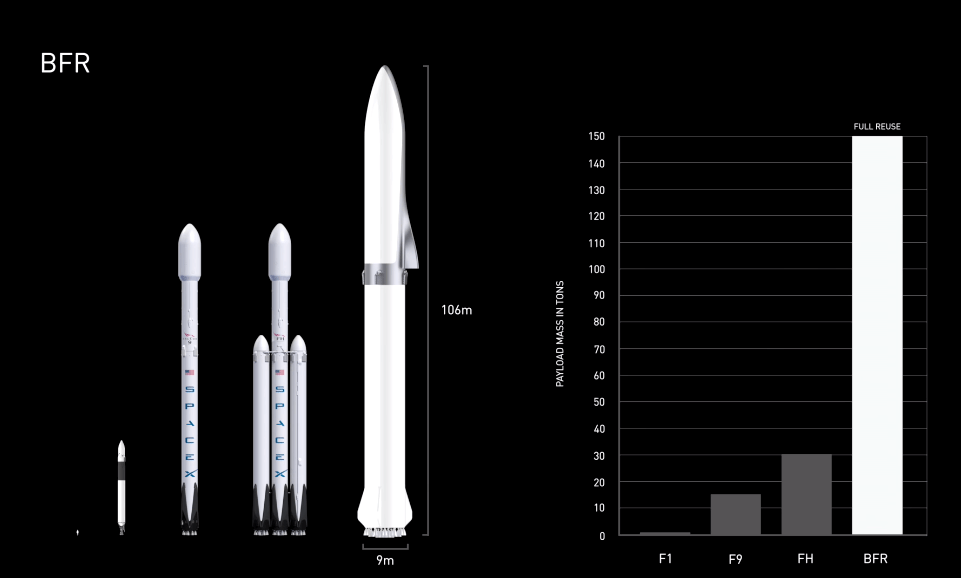
Although this seems like an enormous task (and it is), building the BFR ties into the very DNA of space X: it's a reusable system which will be used for a number of roles rather than being designed for a single mission. Put simply, the spacecraft is equally at home launching ginormous satellites into earth orbit as it is landing on Mars or the moon.
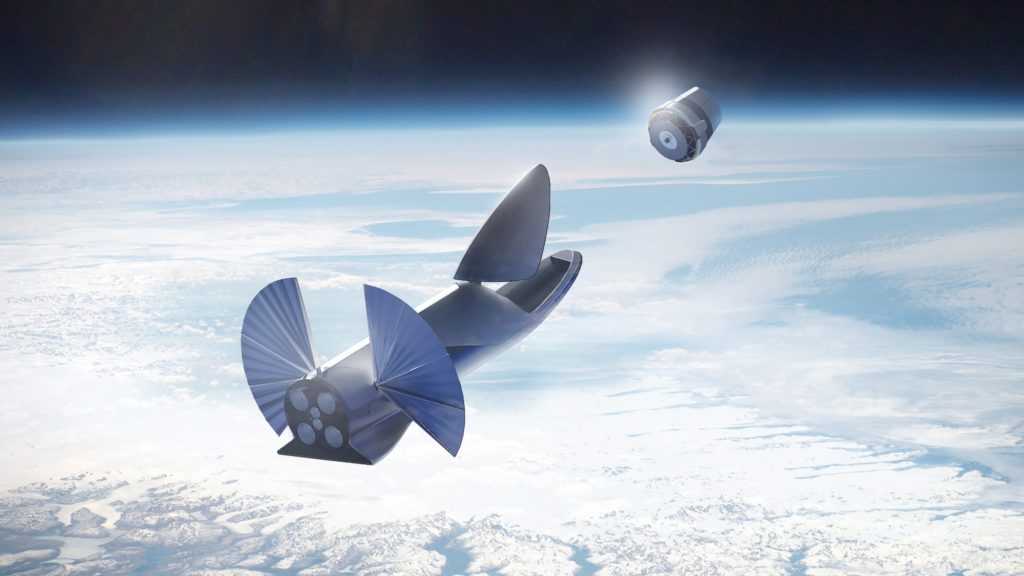
Looking at the BFR itself, the two-stage rocket will have 31 Raptor engines, weigh 4,400 tons and have a liftoff thrust of 5,400 tons. Let's compare that to the Saturn V for a moment, a three-stage rocket that was developed over fifty years ago: that particular spacecraft weighed 2,900 tons and had a liftoff thrust of 3,523 tons. So, it's a lot bigger, but taking into account the progress in technology over the last half a century, surely this should be where we're at right now.
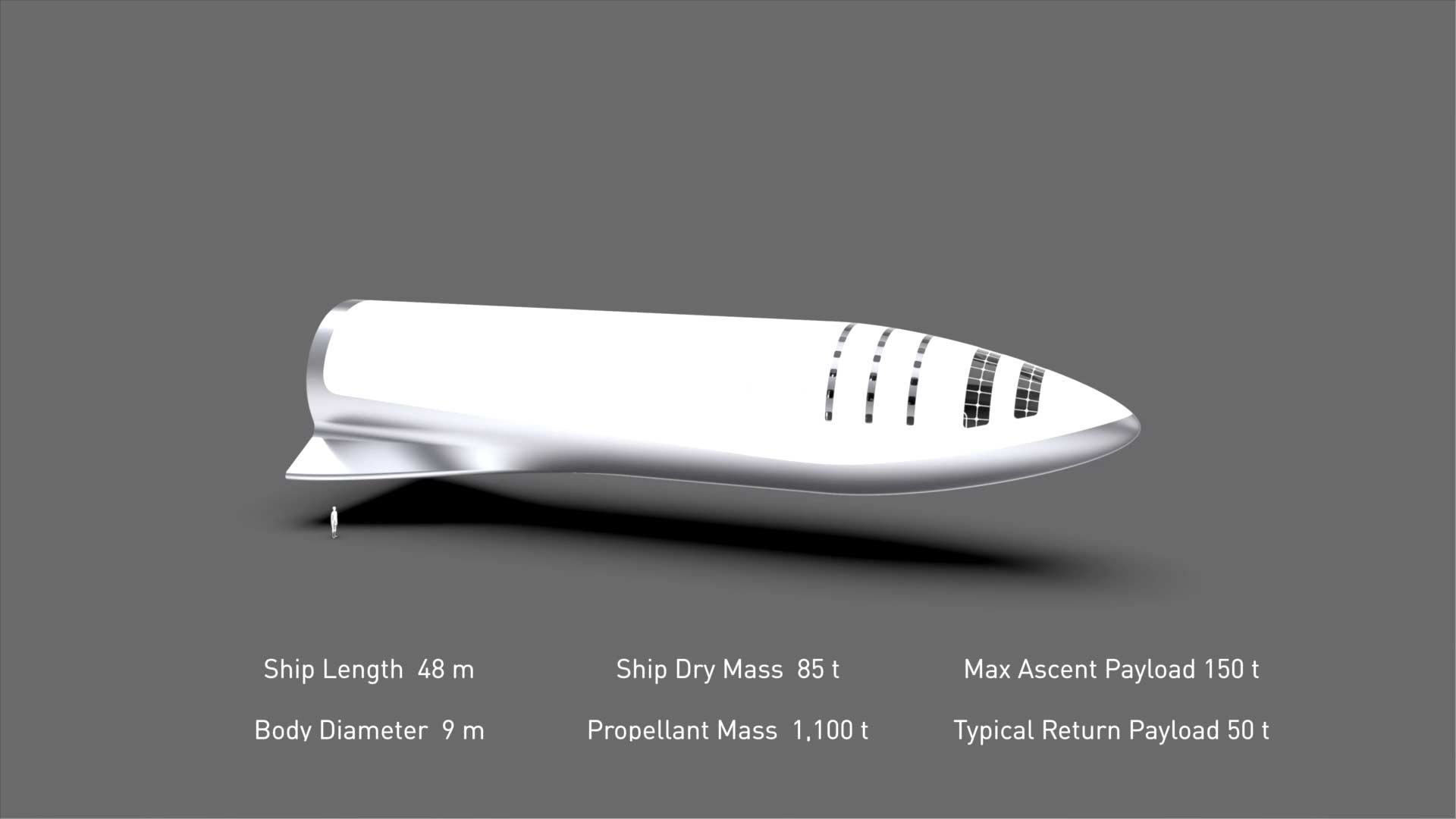
Space X seems to have a very practical way of getting stuff done. In her interview at TED, Gwynne Shotwell talks of 'residual capability'. 'Instead of spending a billion dollars on a new engine, we put nine of them together on the back end of Falcon 9.' This was the same way of operating when it came to building the Falcon Heavy which is essentially three Falcon 9's glued together. 'It was a much more efficient path than starting from scratch' says Shotwell.
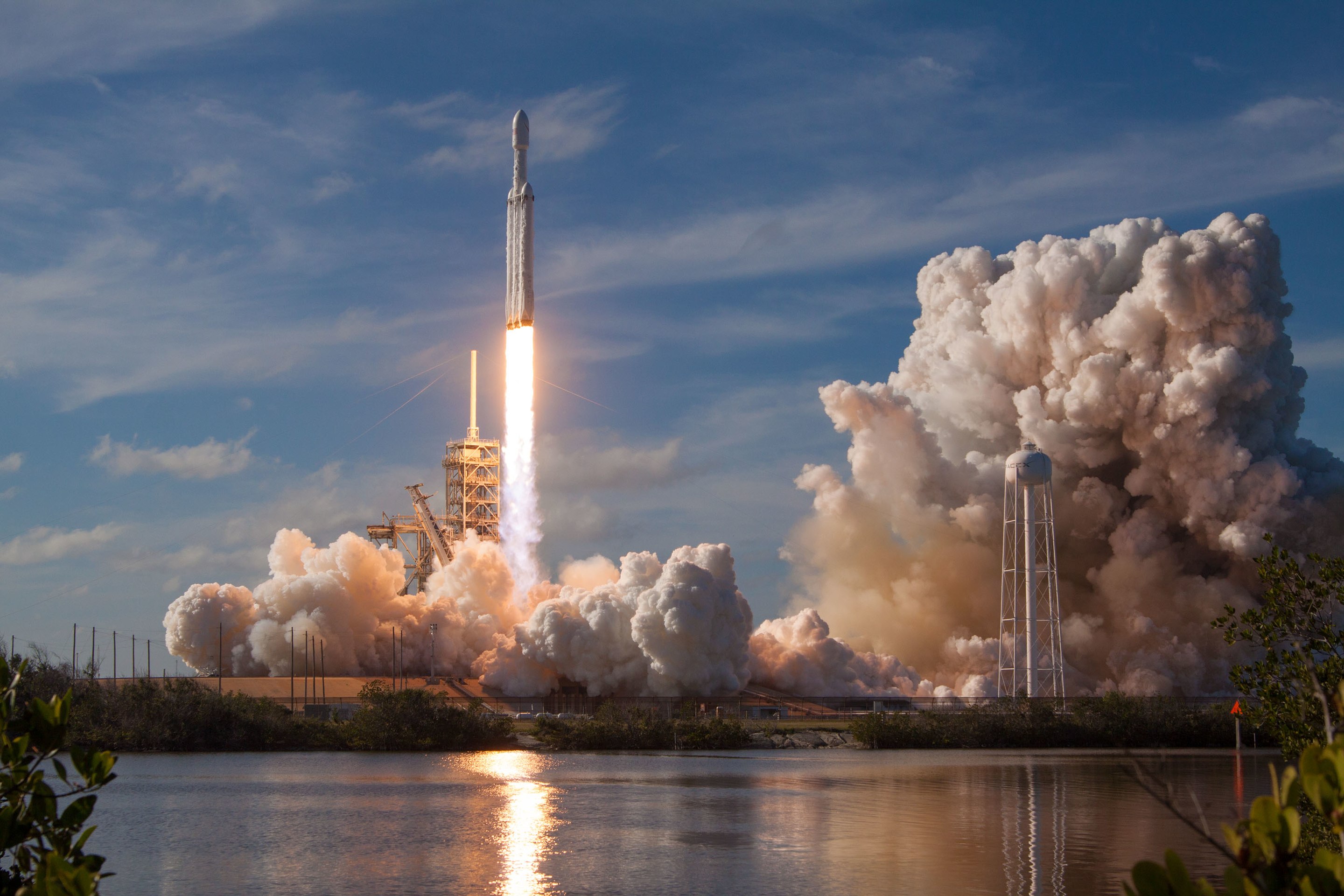
It's almost inconceivable that any of Elon Musk's grand plan could happen. Perhaps a way to gain a clearer perspective is to look backwards: a hundred years ago, no one would believe commercial airline travel on the scale we see today would become a reality.

The Falcon Heavy launch a couple of months ago has shown that Space X can hit targets in style. Although the company's timeline is wildly optimistic, the technology is there and the motivation is bountiful. 'We've already started building the system' says Musk. 'The tooling for the main tanks has been ordered, the facility is being built, we will start construction of the first ship in around six to nine months'.
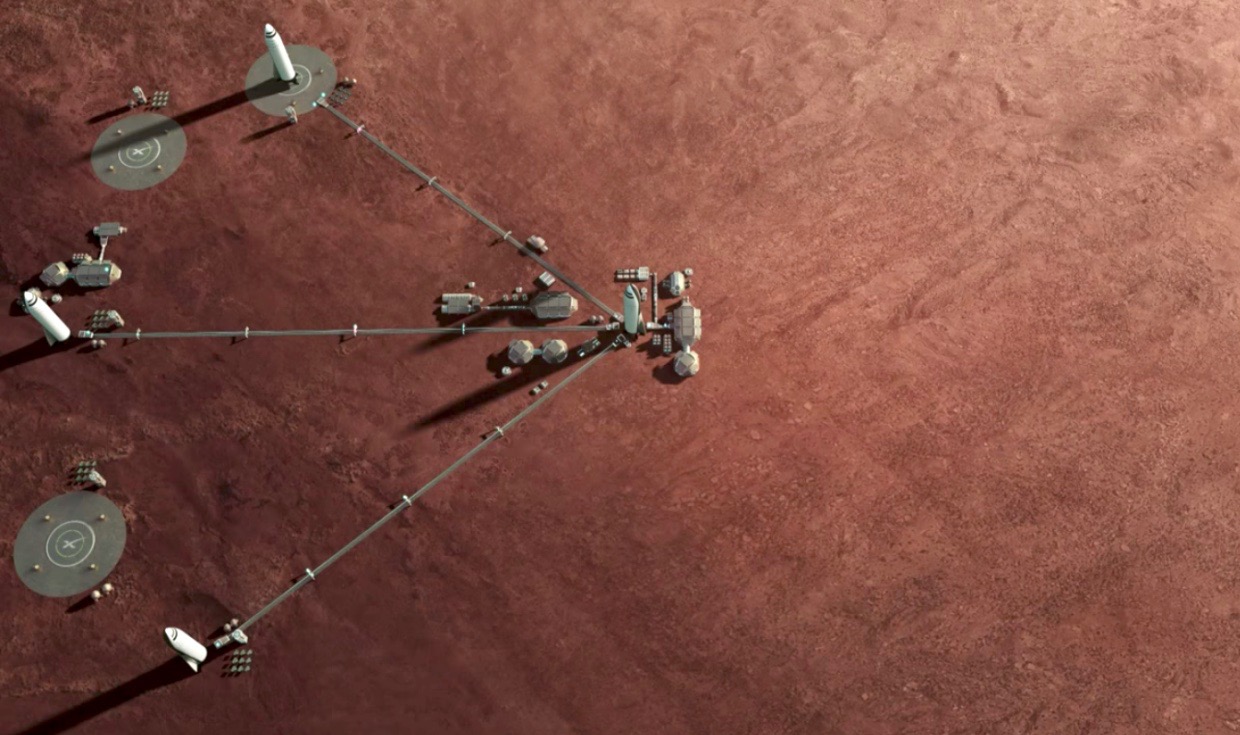
What do you think of Space X and it's ambitious goals? Leave a comment!
Article by James Whomsley
Editor of FliteTest.com









Log In to reply